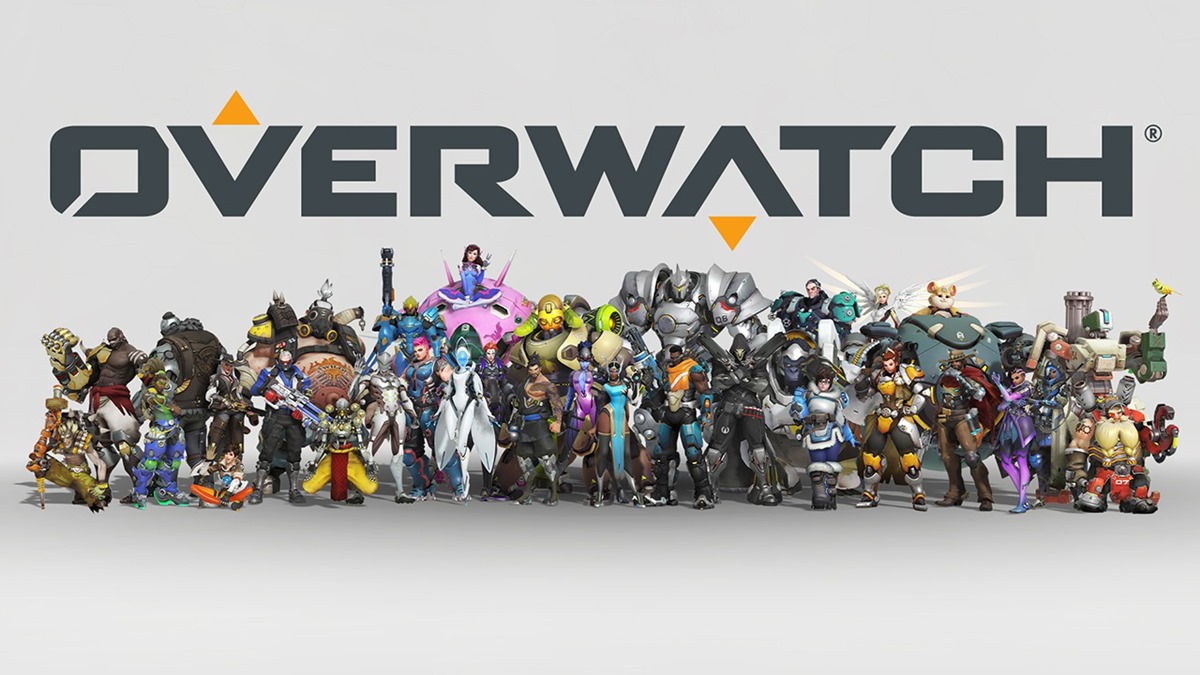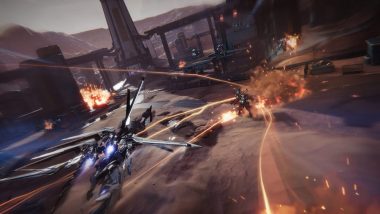Is there a homogenization of character sizes in Japanese games? Developers weigh in

A tweet posted by illustrator Hiroyuki Yamamoto a few years ago has been circulating once again. The tweet in question points out differences between character designs in older Japanese games compared to more recent ones.
Text in the top image: “Recent game characters”
Text in the bottom image: “This kind of feel seems to have gone out of fashion…”
In addition to being a character designer for Pokémon Cafe ReMix, Yamamoto works as an illustrator across a variety of media including the Pokémon TCG and box art for Gundam plastic models. Yamamoto has a wealth of experience, and the above tweet shows a change they’ve felt in character design trends over the years.
It certainly feels like characters in Japanese games in recent years have trended toward the slim and stylish type. The above image likely reminds you in some way of a JRPG you’ve seen before. However, older games often featured more than just medium build characters, with casts that consisted of characters large and small, slim and hefty. Characters that were easy to distinguish by silhouette alone.
When looking at the reactions to Yamamoto’s tweet, we can see most of the responses are in support of the older design style, with many saying being able to understand a character’s personality and unique traits from the silhouette is better.
A number of experienced game developers and character designers also chimed in on the subject including former Sega producer Noriyuki Shimoda who had the following to say:
You can’t really make much difference in character size when trying to show a character large on a narrow smartphone screen. Presentation is limited by the medium.
That checks out considering how popular the mobile game market is in Japan. Akiman, known for their design work on the Street Fighter series, also weighed in regarding character design and screen size saying that character design has changed to match the camera in games being closer to the characters.
Former Hal Laboratory developer Takashi Hamamura said that while slim designs have been popular lately, improved resolutions have also contributed to the homogenization of character sizes.
It definitely feels like slim and stylish has been popular lately. One thing I felt while making games is that there was a tremendous leap in the resolution of character models which made more detailed designs and decorations possible. I think being able to make characters identifiable using those kinds of details is a big reason.
As graphical quality improved, it became possible to make distinguishable characters through more than just size.
Another reason given was the move to 3D. If characters have a similar body type, then there’s the plus of being able to share animations between them. Arika’s vice president Ichiro Mihara explained that when the types of bones in 3D models increases the animations can’t be reused. In other words, it’s possible for characters to have similar body types for budgeting reasons.
According to illustrator Tsukasa Kotobuki, there are often requests for character designs that don’t differ in height or body type, adding, “they’ll say they want variations on the ‘protagonist type’ of design.” As mentioned above, it’s likely that they are seeking characters with similar body types so that they can have standardized data to work with between all characters.
Ultimately, this is a discussion that applies to Japanese games. Outside of Japan, games like Overwatch feature a wide variety of body types and character designs. Characters in Apex Legends fall in a similar boat, though not to the extent of Overwatch perhaps due to being mindful of factors like hitboxes. A game designed with competition in mind may take things like this into consideration when deciding on character size.

Japan does have games where characters have varying body types, though, and overseas titles like Overwatch and Apex Legends are popular in the country as well. And as mentioned earlier, characters can be made distinguishable through more detailed designs even if their body types are similar. It’s not necessarily a case of players in Japan not wanting variety in their characters.
Issues like development costs will likely always exists on the productions side of gaming, but hopefully we continue to see unique and appealing characters being created for games.
Written by. Nick Mosier based on Koutaro Sato’s original Japanese article




